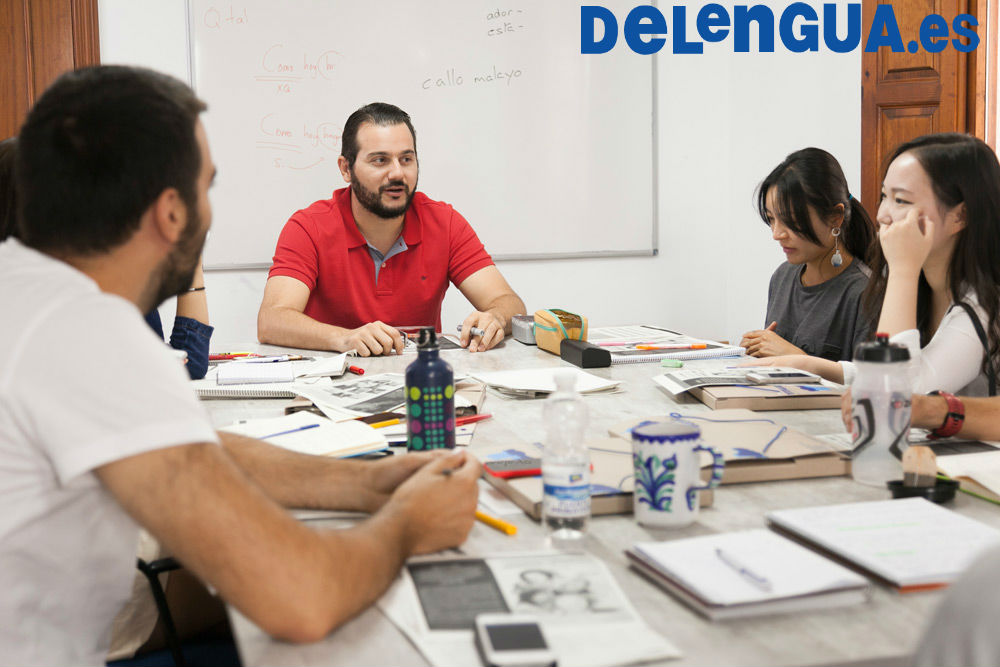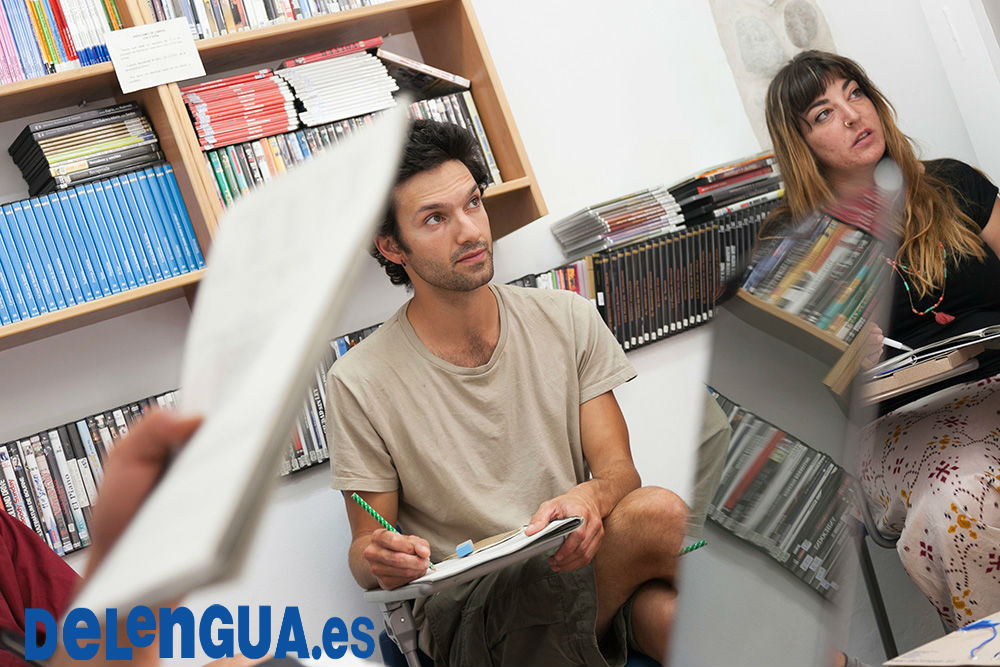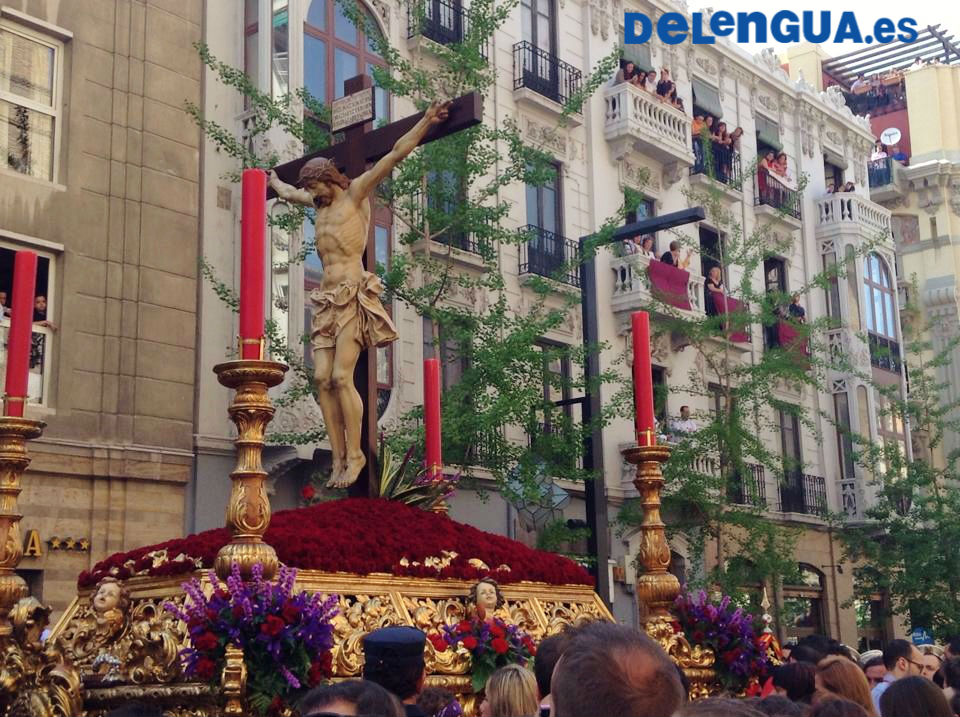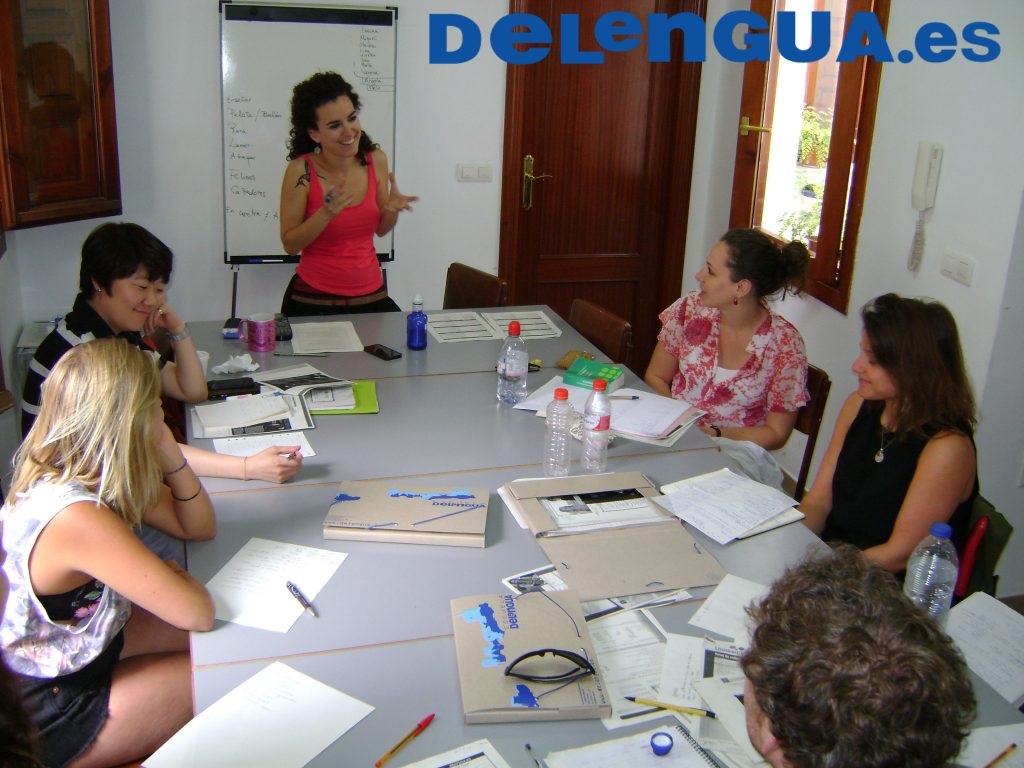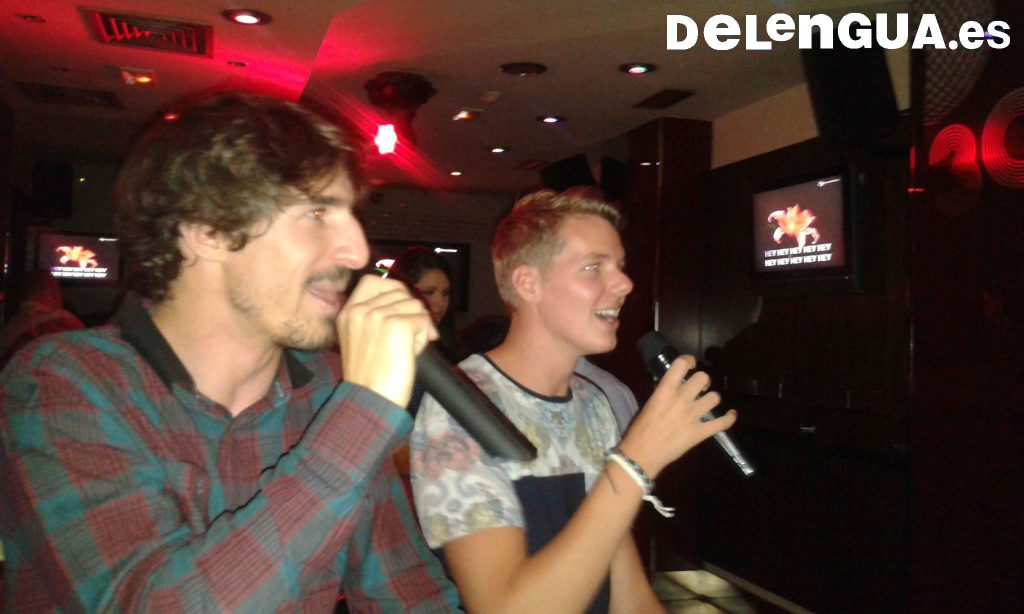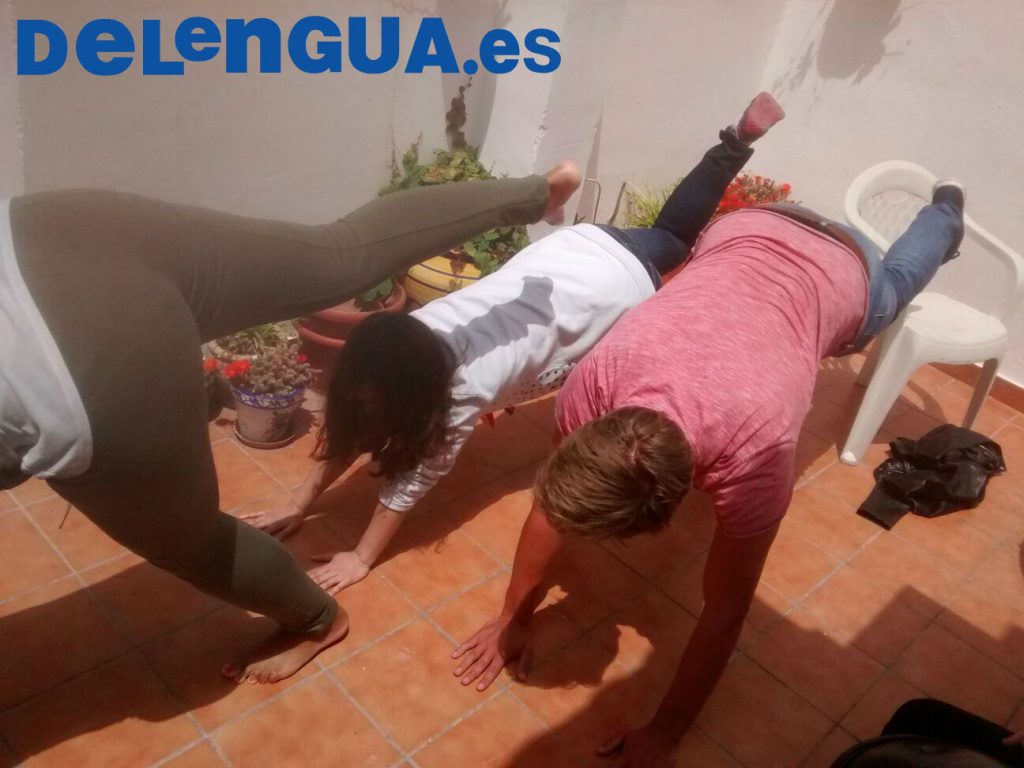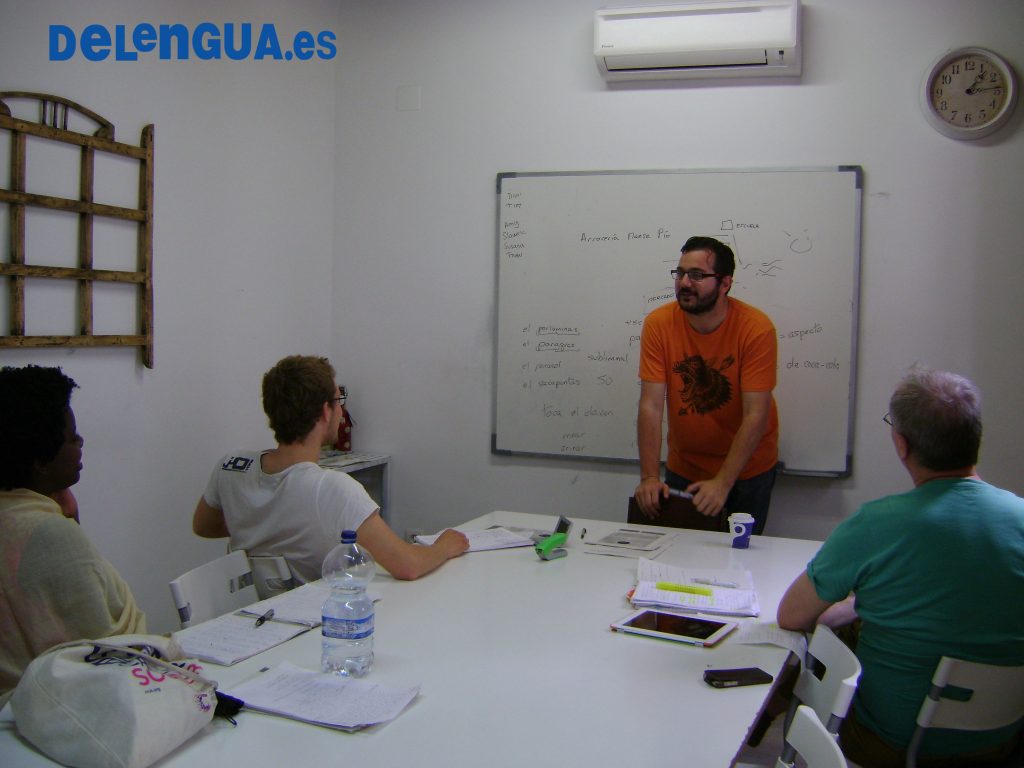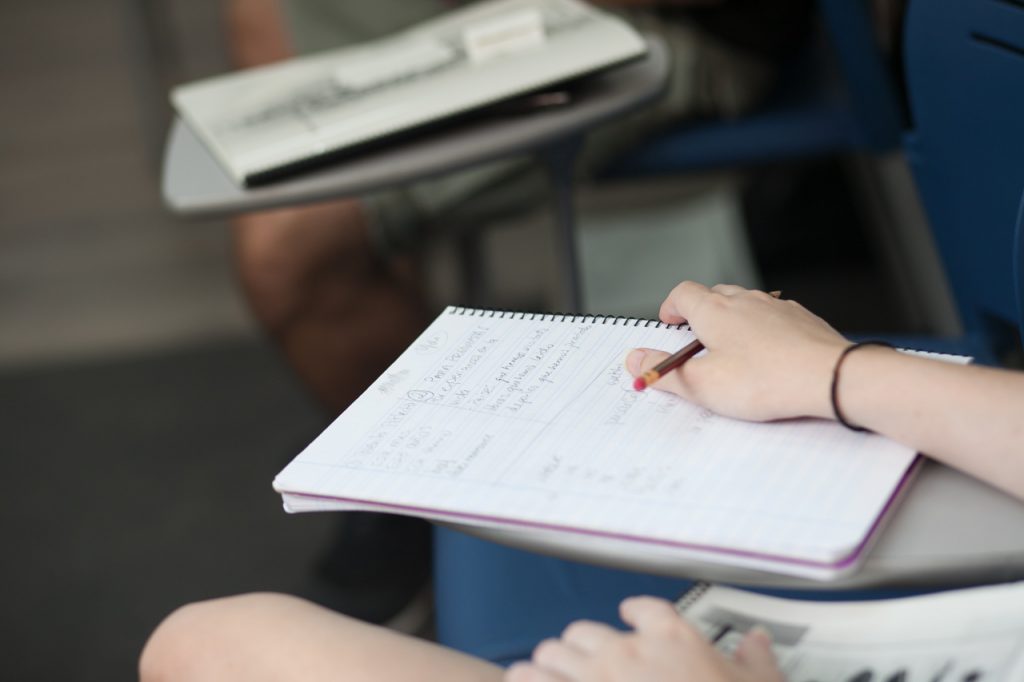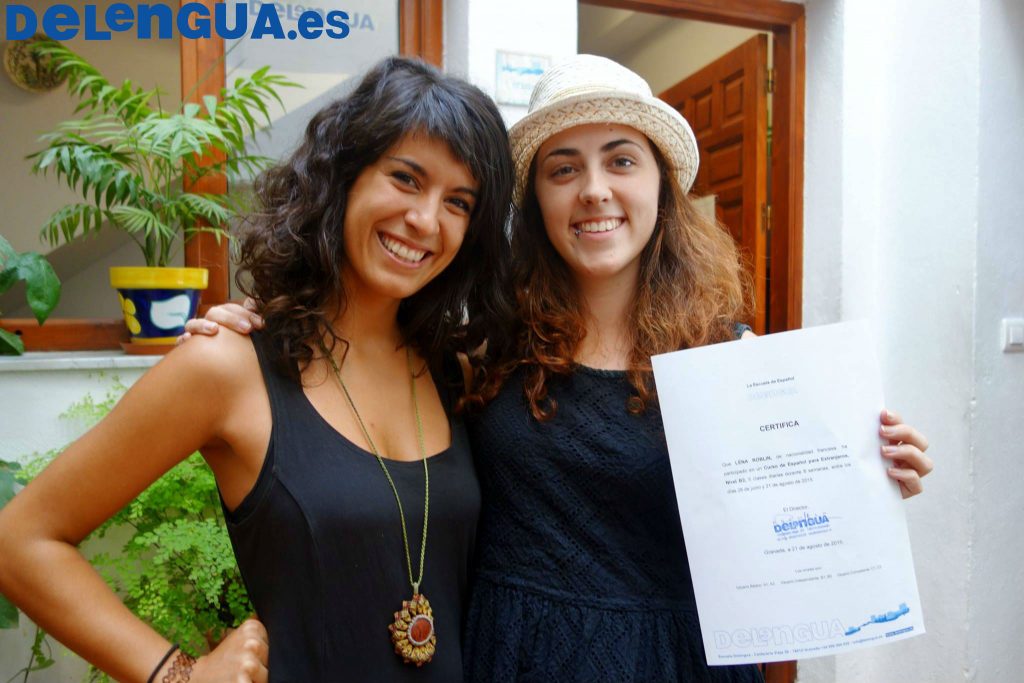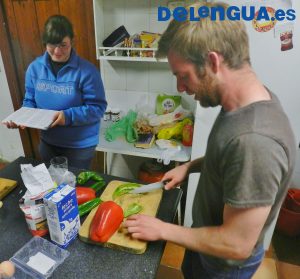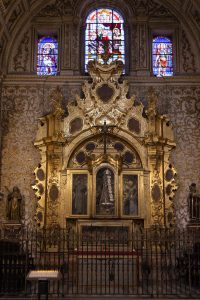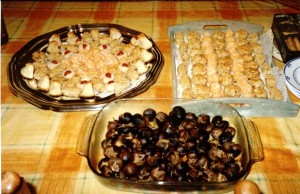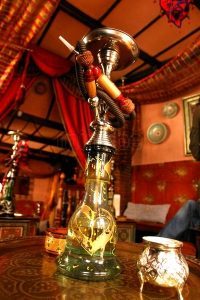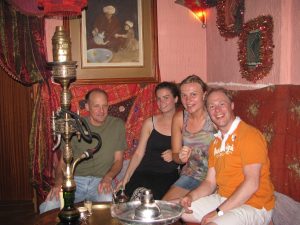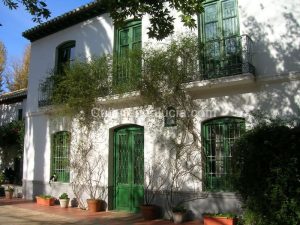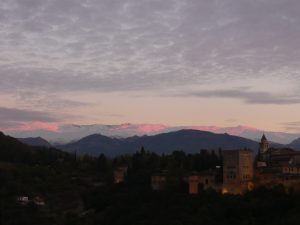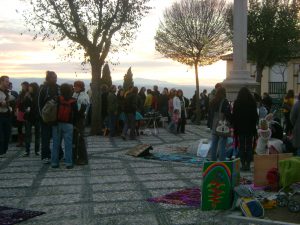| Español | Inglés | |
|---|---|---|

Durante las dos últimas semanas, la Escuela Delengua recibió dos grupos de alumnos para una estancia lingüística en Granada. El día 17 de octubre llegó un grupo de 37 estudiantes holandeses del Amsterdam Lyceum a Granada, y el día 24 de octubre un grupo de 21 estudiantes ingleses de la New Hall School para aprender español en la Escuela Delengua y, por supuesto, también para conocer la ciudad de Granada con todos sus monumentos y particularidades. Durante su estancia, los grupos tenían clases de español por la mañana y variadas actividades por la tarde. Los temas para las clases fueron indicados por los tutores de antemano, así que nuestros profesores de español podían adaptar el contenido de las clases a las preferencias de los alumnos. Así, aparte de la gramática española, los estudiantes también trataron temas como la familia, viajar, el medio ambiente, inmigración y racismo, etc. Después de las clases, los alumnos volvían a casa de su familia española donde vivían durante la estancia para comer y reponer fuerzas para las actividades de la tarde. Las actividades empezaron el lunes con una visita guiada por el centro de Granada para que los alumnos conocieran la ciudad donde iban a vivir los días siguientes. Se les enseñó la Catedral, el Monasterio de San Jerónimo, la Plaza de Isabel la Católica, la Fuente del Triunfo y mucho más. Para profundizar lo que habían visto el día anterior, el martes el grupo se encaminó a una ginkana por Granada; a los campeones se les premió con libros y DVDs en español. El miércoles siguieron con el monumento característico de Granada: la Alhambra. Después de una vuelta por el Generalife empezó la visita de la Alhambra y los Palacios Nazaríes, que dejaron a todos los alumnos boquiabiertos. Cuando estás en Granada, lo que no puedes perderte es un espectáculo de flamenco. Por eso, también los estudiantes del Amsterdam Lyceum y New Hall School, después de darse un paseo por el Albaicín (el barrio más antiguo de Granada) y el Sacromonte (el barrio de los gitanos) vieron un espectáculo en una de las famosas cuevas en las montañas del Sacromonte. Durante su último día, los alumnos tenían tiempo libre para hacer compras, para pasar otra vez por los sitios que les gustaban más y para tomar las últimas fotos de recuerdo. Antes de salir para coger los vuelos para Holanda e Inglaterra, todos estaban de acuerdo: nunca olvidarán esta estancia ligüística en Granada. |
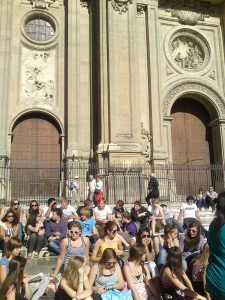
El grupo escolar del Amsterdam Lyceum frente de la Catedral de Granada |
During the last two weeks, Escuela Delengua welcomed two groups of students to a linguistic stay in Granada. On 17 November a group of 37 students arrived from the dutch Amsterdam Lyceum, and on 24 November a group of 21 students from New Hall School in England arrived in Granada to learn spanish at Escuela Delengua, and, of course as well to get to know the city of Granada with all its monuments and uniqueness. During their stay, the students had classes in the morning and varied activities in the afternoon. The topics for the spanish classes had been indicated by the tutors in advance, so that our spanish teachers could adapt the content of the classes to the students’ preferences. So, apart from the spanish grammar, the students also talked about topics like family, travelling, the environment, immigration and racism, etc. After the classes, the students went home to their spanish host families they lived with during the stay to eat and to refresh themselves for the afternoon activities. The first activity on Monday was a guided tour through the centre of Granada so that the students got to know the city they would be living for the next week. The tour inluded the Cathedral, the Monastery of St. Jerome, the Isabella the Catholic square, the fountain in the Triunfo gardens and many more. To deepen what they had seen the day before, on Tuesday the students set out to a paperchase through the centre; the champions were rewarded with spanish books and DVDs. On Wednesday the groups visited Granada’s landmark: the Alhambra. After taking a walk through the Generalife, the visit to the Alhambra and the Palace of the Nazaries started, which really astonished all the students. What you shouldn’t miss when you are in Granada is a flamenco show. Therefore, also the students of Amsterdam Lyceum and New Hall School, after taking a walk through the Abaicin (the oldest quarter of Granada) and the Sacromonte (the gipsy quarter), visited such a show in one of the famous caves in the mountains of the Sacromonte. During the last day of their stay the students had time off to go shopping, to visit again the places they especially liked, and to take the last keepsake photos. Before they left to catch their flights to the Netherlands and England, all the students agreed: that they will never forget this linguistic stay in Granada.
|
For more information visit our website:
Search
Archives
-
Recent Posts
Tags
activities Alhambra Andalucía Andalusia Aprende español en España Aprende español en Granada Cine Español cinema cultura Cursos de espanol en Granada Cursos de español Cursos de español en España Cursos de lengua Cursos de lengua en España Cursos de lengua en Granada Delengua activities España español fiesta film flamenco Gramática Española / Spanish Grammar Granada hiking in the Sierra Nevada la lengua española Language courses language courses in Granada language courses in Spain learn Spanish learn Spanish in Granada Learn Spanish in Spain Pedro Almodóvar senderismo en la Sierra Nevada Sierra Nevada Spain spanish Spanish Courses Spanishcourses in Granada Spanish courses in Granada Spanish Courses in Spain Spanishcourses in Spain Spanish Grammar Spanish Language School the Spanish grammar the Spanish Language
